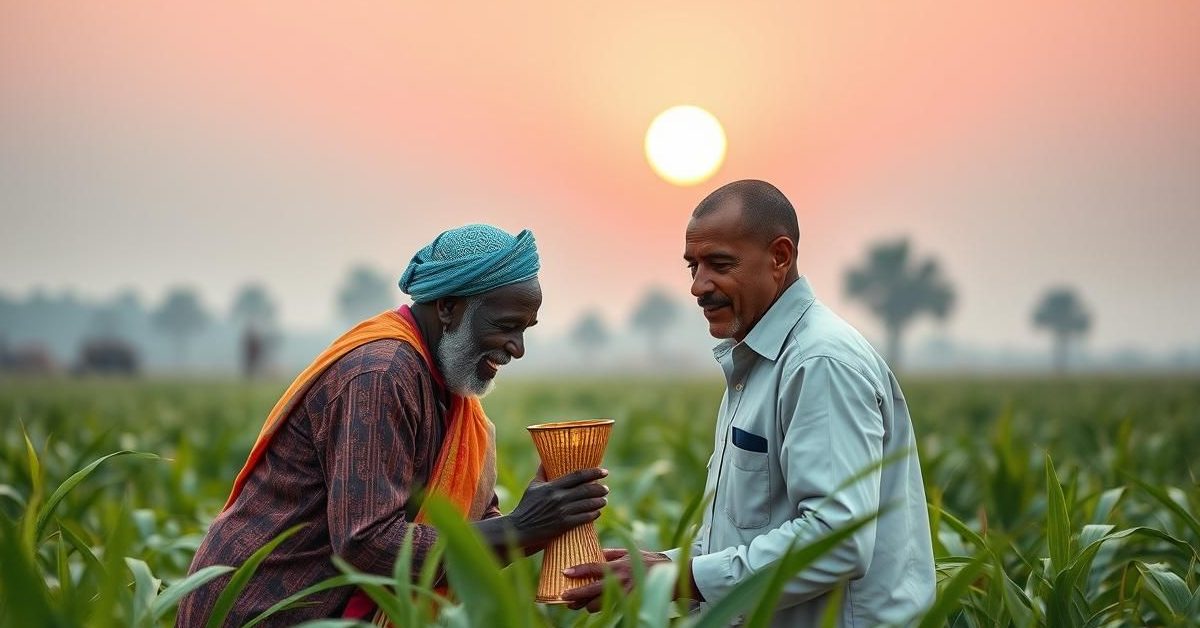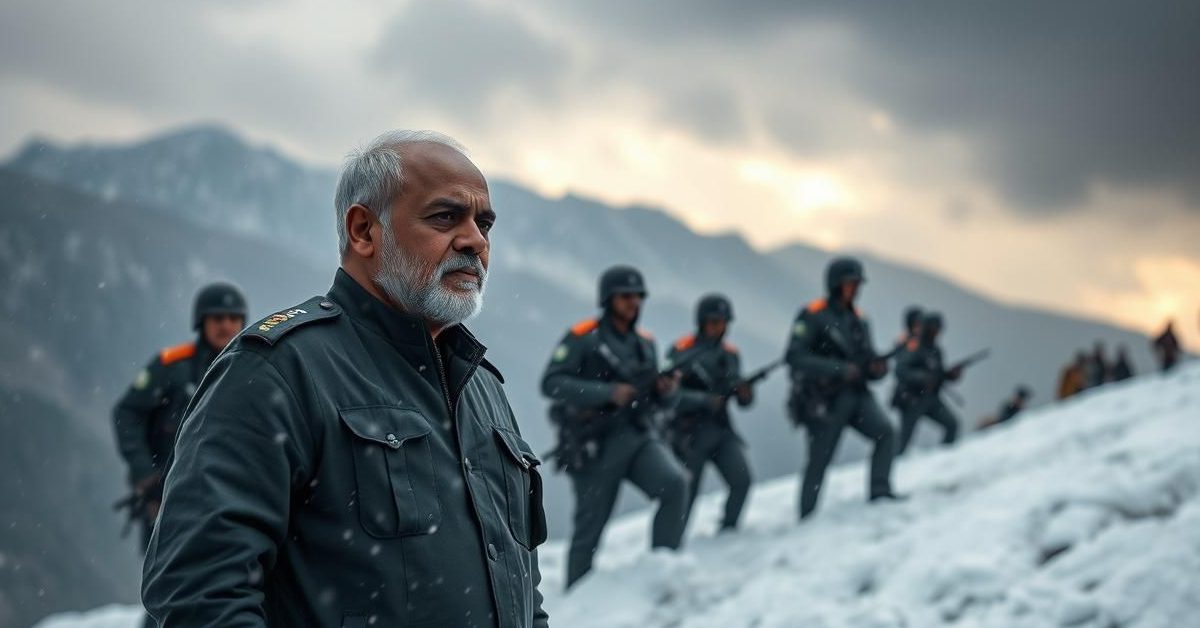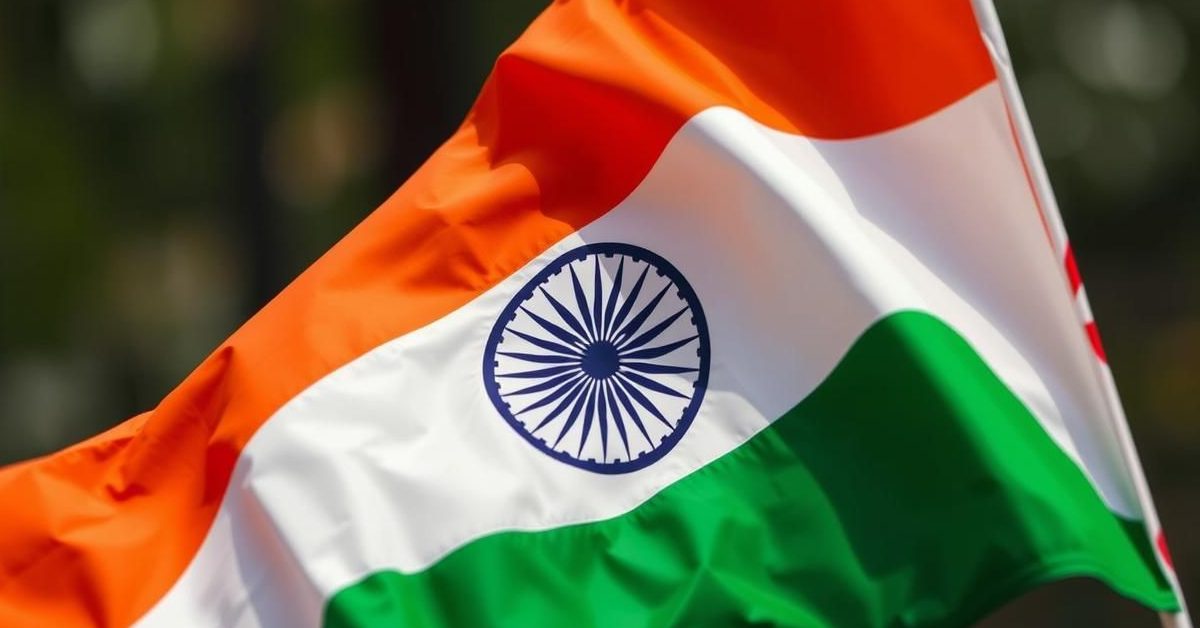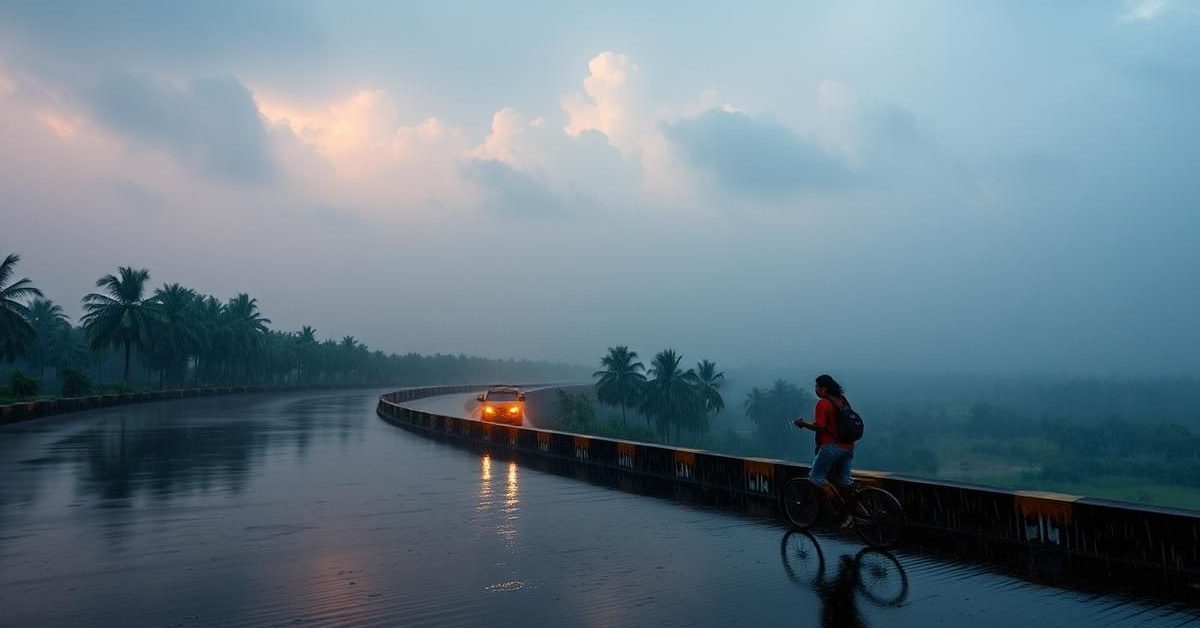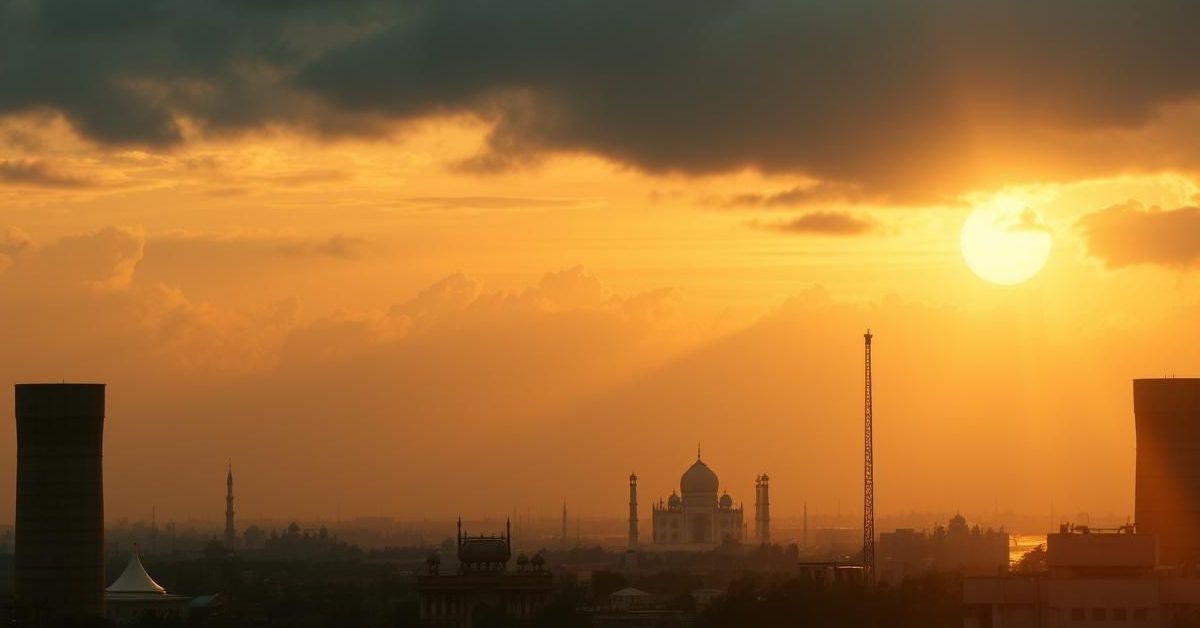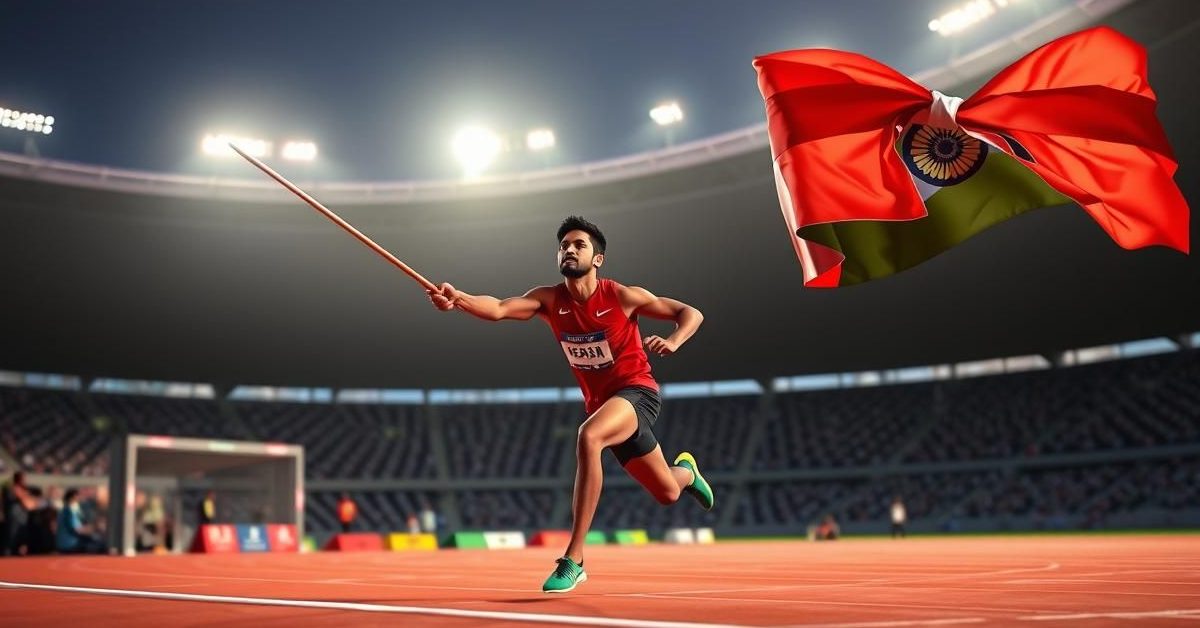India, a land of ancient wisdom and burgeoning ambition, consistently grapples with challenges that demand both innovation and introspection. Two such critical areas stand at the forefront of national discourse: monumental infrastructure projects designed to reshape the country’s landscape and the profound, enduring legacy of its spiritual and philosophical traditions. This exploration delves into the Ken-Betwa River Link Project, a bold endeavor to address water scarcity, and simultaneously journeys through the captivating evolution of ‘yoga’ in Indian literature, revealing how an ancient concept transformed into a globally recognized practice.
The Ken-Betwa River Link Project: A Vision for Water Security
Unveiling India’s Ambitious River Interlinking Initiative
The Ken-Betwa Link Project (KBLP) stands as a towering symbol of India’s long-held dream to interlink its major rivers, a strategy primarily conceived to mitigate the twin scourges of floods in some regions and debilitating droughts in others. This particular undertaking envisions a crucial water transfer, moving surplus water from the Ken River to the water-deficit Betwa River, both vital tributaries of the majestic Yamuna River. It’s a monumental engineering feat designed to bring water security to millions.
The project’s backbone is the planned 221-kilometer Ken-Betwa Link Canal, incorporating a significant 2-kilometer tunnel section. According to projections by the Jal Shakti Ministry, this initiative promises to unlock vast agricultural potential, providing annual irrigation for approximately 10.62 lakh hectares of land, split between 8.11 lakh hectares in Madhya Pradesh and 2.51 lakh hectares in Uttar Pradesh. Beyond irrigation, it’s slated to deliver crucial drinking water to an estimated 62 lakh people and contribute significantly to energy production with 103 MW of hydropower and 27 MW of solar power.
Promises of Prosperity: Irrigating Arid Lands and Powering Progress
The KBLP is meticulously structured into two distinct phases to manage its immense scope. Phase I concentrates on the construction of the formidable Daudhan Dam complex and its associated infrastructure, including the Low Level Tunnel, High Level Tunnel, the main Ken-Betwa Link Canal, and integral power generation units. Phase II expands the project’s reach, encompassing the Lower Orr Dam, the Bina Complex Project, and the Kotha Barrage, further enhancing water distribution and storage capabilities.
The genesis of this ambitious interlinking project dates back to August 2005, when the Central government, along with the governments of Uttar Pradesh and Madhya Pradesh, formalized a tripartite Memorandum of Understanding (MoU) to commission a detailed project report. Its strategic importance gained further recognition in 2008 when the Centre designated the KBLP a ‘National Project.’ Significantly, it was later incorporated into the Prime Minister’s comprehensive package for the development of the perennially drought-afflicted Bundelkhand region, signaling a strong political commitment to alleviate the severe water stress faced by its communities.
This project is specifically targeted at the Bundelkhand region, a semi-arid zone spanning 13 districts across Uttar Pradesh and Madhya Pradesh. The Jal Shakti Ministry anticipates a transformative impact, particularly benefiting districts like Panna, Tikamgarh, Chhatarpur, Sagar, Damoh, Datia, Vidisha, Shivpuri, and Raisen in Madhya Pradesh, alongside Banda, Mahoba, Jhansi, and Lalitpur in Uttar Pradesh. For these areas, the KBLP is heralded as a potential game-changer, promising to overcome water scarcity as a barrier to developmental progress and setting a precedent for future river interlinking initiatives across the nation.
The Environmental Crossroads: Panna National Park’s Fate
Despite its undeniable developmental promise, the Ken-Betwa River Link Project has faced considerable scrutiny, primarily due to its profound environmental and socio-economic ramifications. A major point of contention revolves around the extensive deforestation anticipated within the core zone of the Panna National Park and Tiger Reserve. This critically important habitat, known for its significant tiger population and rich biodiversity, faces a direct threat from the project’s construction activities, raising serious concerns among environmentalists and conservationists worldwide.
The recent laying of the foundation stone for the Daudhan Dam by Prime Minister Narendra Modi marked a critical juncture for the project. This massive structure, stretching 2,031 meters with a height of 77 meters, is set to submerge approximately 9,000 hectares of land. This inundation will directly impact and displace ten communities, leading to complex rehabilitation and resettlement challenges for thousands of individuals whose lives and livelihoods are intertwined with the land.
Balancing the Scales: A Path Forward for India’s Water Future
The KBLP holds a historic distinction as the very first project to be implemented under India’s National Perspective Plan for River Interlinking, originally conceptualized in 1980. This overarching plan envisions a total of 16 projects under its peninsular component, with the KBLP leading the way, alongside 14 additional linkages proposed for the Himalayan Rivers Development Plan. The Ken-Betwa project thus serves as a critical test case, showcasing both the immense potential and the intricate challenges inherent in large-scale water management initiatives. Its success, or lack thereof, will undoubtedly shape the discourse and implementation of future river interlinking efforts in a nation perpetually seeking sustainable solutions to its water woes.
The Timeless Journey of Yoga: From Ancient Roots to Modern Practice
Early Echoes: Tracing Yoga’s Presence in the Vedas and Ancient India
Yoga, a concept deeply ingrained in India’s cultural and spiritual fabric, is often presented as an ancient tradition dating back millennia. While its profound antiquity is undeniable, pinpointing its precise origins remains a complex endeavor, clouded by the absence of definitive historical records. The very term ‘yoga’ makes its earliest appearances in the Vedic corpus (c. 1500-500 BCE), the foundational texts of Indian civilization. However, its usage in these primordial scriptures often differs markedly from the popular understanding of yoga today as a system of physical postures or meditation.
In its nascent Vedic context, ‘yoga’ frequently denoted a ‘yoking’ or ‘connecting’ – a ritualistic or spiritual discipline aimed at uniting the individual self with the divine. It was less about physical exercise and more about the rigorous, often esoteric, practices associated with Brahmanical rituals and early ascetic pursuits. This initial conceptualization laid the groundwork for its subsequent evolution, as later texts would expand upon these preliminary ideas, gradually weaving in elements of philosophical introspection and disciplined self-control.
Archaeological Whispers: Unearthing Clues to Yoga’s Antiquity
Archaeological discoveries offer tantalizing, albeit inconclusive, glimpses into yoga’s ancient past. One prominent piece of evidence is a small steatite seal unearthed from Mohenjo-Daro, a major site of the Indus Valley Civilization (IVC) in modern-day Pakistan, dating back to around 2,500-2,400 BCE. This artifact depicts a seated figure with legs crossed, strikingly similar to the Mulabandhasana posture, a powerful energetic lock later popularized by Tantric yogis. While not explicitly labeled ‘yoga,’ its iconic representation suggests the existence of advanced yogic or meditative postures in such an early civilization.
More recently, another significant archaeological find emerged from Balathal, Rajasthan, a Chalcolithic Banas culture site. Here, a nearly 2,700-year-old skeleton was excavated, found in what has been described as a “samadhi position.” This meditative or funerary stance, often adopted by yogis for profound contemplation or at the time of their burial, further hints at the deep roots of such spiritual practices in ancient India, predating formalized yogic texts.
The Epic Transformation: Yoga’s Emergence in the Mahabharata and Upanishads
It is within the vast expanse of the Mahabharata, an epic compiled over six centuries (c. 300 BCE to 300 CE), that the term ‘yoga’ begins to resonate with a more recognizable modern meaning. Here, ‘yoga’ is employed in dual capacities: sometimes referring to profound philosophical concepts of self-discipline and union, and at other times describing the rigorous physical penances and austerities undertaken by holy men in pursuit of spiritual liberation. This period marks a pivotal shift, as the abstract Vedic concept of ‘yoking’ began to encompass more defined spiritual and physical disciplines.
Contemporary and subsequent scriptures, notably the Upanishads, further elaborate on this evolving understanding. These philosophical treatises explore the nature of reality, the self, and the path to ultimate knowledge, often integrating ‘yoga’ as a method for introspection, meditation, and achieving spiritual insights. This era saw the deepening of yoga’s philosophical dimensions, laying crucial groundwork for its future codification.
The Patanjali Paradigm: Codifying the Path to Self-Realization
The most seminal text in the documented history of yoga is undoubtedly Patanjali’s Yoga Sutra, compiled around 350 CE. This masterpiece stands as the oldest known text entirely dedicated to the subject, providing a systematic and comprehensive framework for yogic philosophy and practice. Most scholars concur that Patanjali’s work profoundly influenced and shaped the modern understanding of yoga, particularly the Raja Yoga tradition, with its eight limbs (Ashtanga) encompassing ethical precepts, physical postures, breath control, and meditative stages.
While the Patanjali Yoga Sutra cemented yoga’s theoretical and practical foundations, it’s worth noting that some alternative schools of thought propose that yoga’s origins are not solely Vedic. Instead, they suggest roots in the heterodox traditions of the first millennium BCE and earlier, particularly Buddhism and Jainism. As historian Vivian Worthington asserted in “A History of Yoga” (1982), the practice of yoga served as a unifying feature across these diverse “freelance religious movements,” with mentions of yogic disciplines appearing in various Buddhist and Jain scriptures, highlighting a broader historical tapestry for this ancient practice.
Unfinished Chronicles: The Enduring Mystery of Yoga’s Origins
Despite the rich textual and archaeological evidence, definitively pinpointing the precise origins of yoga remains an intricate challenge. This difficulty largely stems from India’s distinctive historical tradition, which, unlike Western historiography, often blurs the lines between empirical data and myth. In India, the veracity of a narrative often derives from its profound meaning and spiritual resonance, rather than strict factual accuracy or chronological precision.
Consequently, contemporary sources on yoga, while offering invaluable insights into its evolving meaning and practice, do not always provide the kind of empirical data that can precisely chart its genesis. While examining ancient texts illuminates the conceptual shifts and practical developments of ‘yoga’ over millennia, the exact moment and setting of its birth continue to inspire scholarly debate and captivate spiritual seekers worldwide.

